Old stuff
Random stuff that may have a later use…
One of the ways a modern application can be divided is into two parts: the business logic and the UI. Slint provides it’s own language to describe the UI.
Todays products are built with beautiful color screens, intuitive touch gestures, images, videos, animation, 3D, special effects, and so much more. There are demands for a simple, yet powerful, declarative language for building user interfaces. One that is easy to learn and start with. One that can be used to even prototype and iterate your initial design. But to then go further. To refine everything into a final product that is easy to maintain and can be constantly evolved over time. Not one that started fast and then becomes unmaintainable.
The Slint UI language is highly dynamic and fundamentally doesn’t limit the creation of any possible UI. But unlike many other UI frameworks it doesn’t allow you to mix in the business logic. This needs to be dealt with separately using Rust, C++ or TypeScript.

